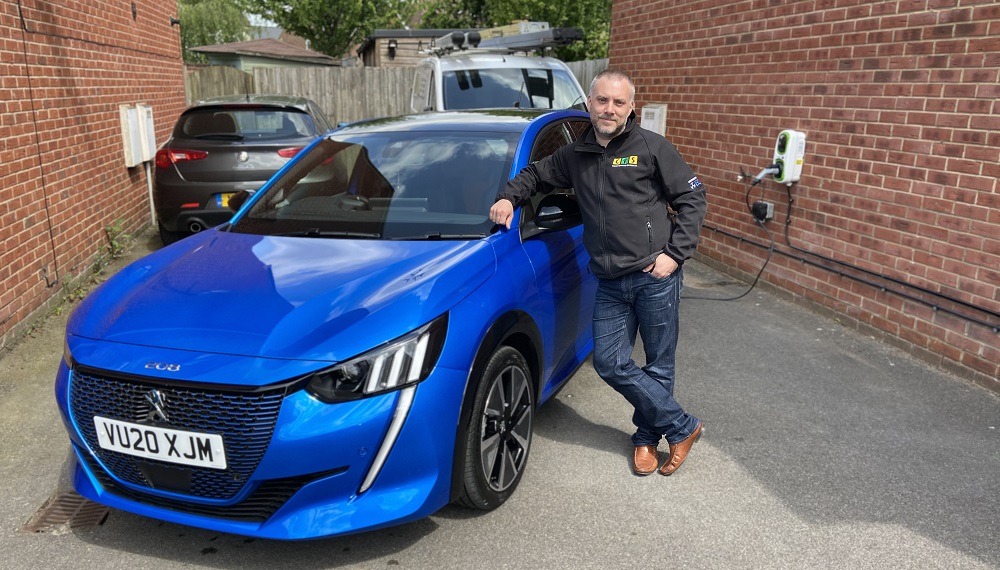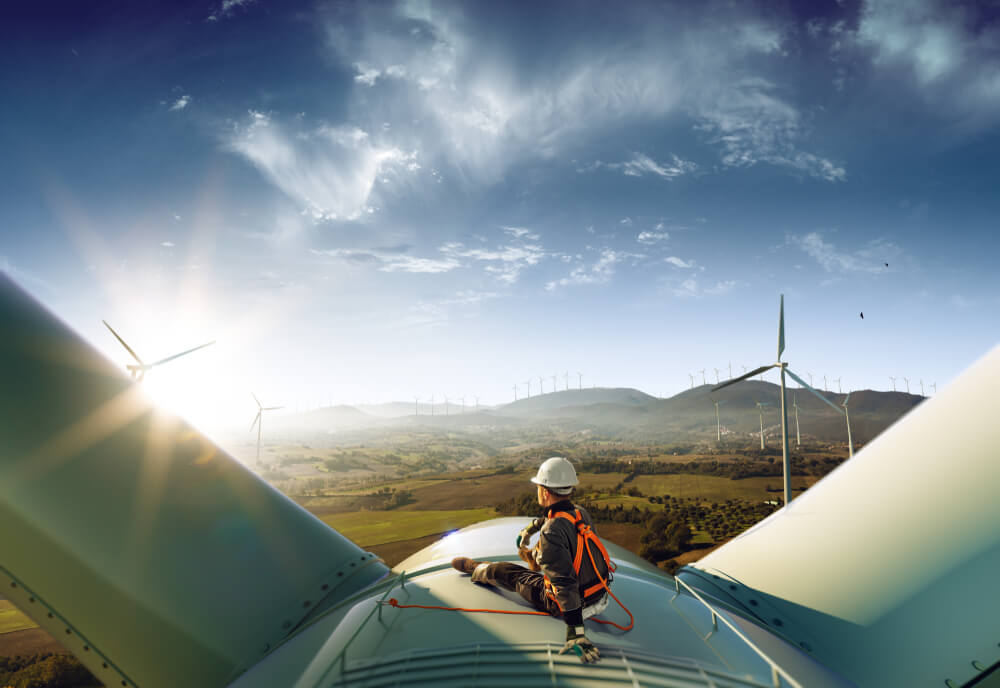Life after COP26: what happens next?

Luke Osborne
Energy and Emerging Technologies Solutions Advisor
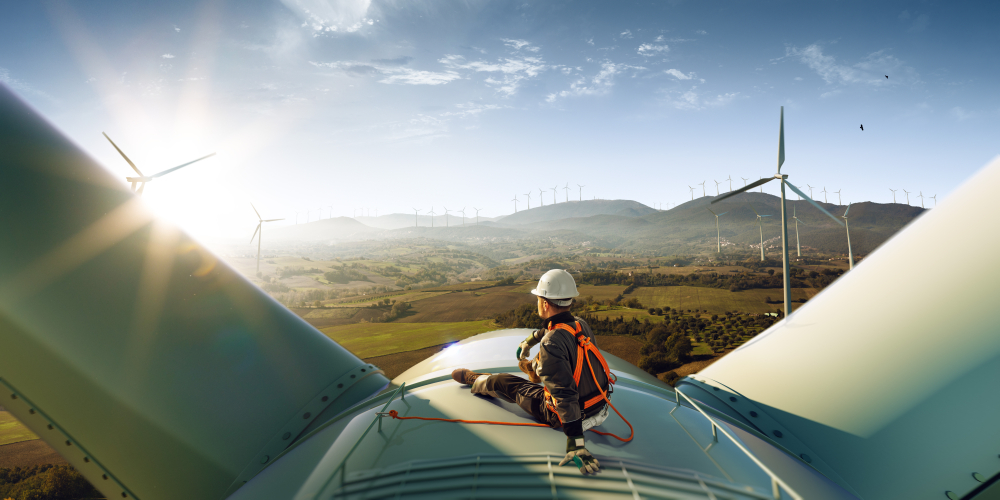
Today is the last day of COP26, the seminal climate change conference that has taken over Glasgow for the last fortnight, assembling world leaders and key decision makers from across the globe.
While some important progress has been achieved, the commitments made at COP26 are not quite enough to bring about the change we need, to prevent a catastrophic overshoot of the 1.5 oC 2050 target. In short, we should still be worried about the future of the planet.
The electrical and building services industry has the potential to provide many of the solutions to the problems caused by climate change. Our industry has the know-how to build and maintain the green infrastructure that will deliver Net Zero Carbon by 2050, and make the promises made in the last two weeks a reality.
The risks of going back to ‘business as usual’ after COP26 are simply too high for government and industry to ignore any longer
In a few years’ time, we must be able to look back, as individuals, companies, trade bodies, and know that we did everything that could be done. We must be remembered as the generation that turned the tide on climate change.
EV charging installations, deployment of renewable energy generation, energy storage and energy efficiency are but a few of the key areas our industry is ready to tackle.
But the much-vaunted ‘joined-up approach’ to the deployment of net-zero solutions still appears to be missing: recent research by ECA uncovered the fact that two thirds of local authorities in the UK are not prepared for EVs and have no plans or funds to install charge points any time soon.
With public interest in electric vehicles reaching an all-time high, the lack of plans to install charge points will seriously hold us back in our pursuit of Net Zero – and stunt the growth of a booming market.
The much-vaunted ‘joined-up approach’ to the deployment of net-zero solutions still appears to be missing
A key focus for local authorities should be enabling constituents without off-street parking to readily charge with ease.
Following the pledge at COP26 by 24 nations to ‘end the era of fossil fuels’ by 2040 or earlier, it is disappointing to find that a lack of funding policy at the local government level is hindering the rollout of charge points, an essential part of the decarbonization of our transport sector.
The risks of going back to ‘business as usual’ after COP26 are simply too high for government and industry to ignore any longer, and ECA will continue to work tirelessly with members, the wider construction industry, and government for progress in green technology, skills, and competence.
ECA produces exclusive guidance to help its Members deliver net zero carbon skills and technologies. Learn more here.

Luke Osborne
Energy and Emerging Technologies Solutions Advisor
Luke joined ECA's technical team in 2018. Luke completed a mechanical and electrical apprenticeship with the Ford Motor Company in 1997 and has since held many technical roles, from site engineer to development engineer and global support. Following completion of an engineering degree with a specialisation in sustainability, Luke ran his own renewable energy installation company, with a particular focus on solar.
Related Articles
Spotlight shifting to M&E embodied carbon
The value of energy efficiency
ECA Commercial Associate Kosnic lights the way to sustainability
Net Zero Review underlines role for engineering services
Five ways to become a more sustainable business in 2023
Now is our last chance to make homes fit for the future
It’s a great time for a green career
Bringing Low-Carbon Apprenticeships to Life
The future of the built environment after COP26
The view from COP26
Net Zero: a personal perspective
How the electrotechnical contractor can help clients mitigate against energy price rises
New rules for Public Sector Carbon Reporting
Setting the stage for COP26: Green Jobs
100 days until COP26: what are we doing to reach Net Zero?
A new era of fossil free travel
The clock is ticking for the future of net zero buildings
Clear, present and future opportunities for EV charging
Heatpumps or Hydrogen? The future of clean energy
Behind the headlines: Net Zero Carbon
A clear route to Getting Zero Carbon Done
Introducing the new MCS
Get into EV! Interview with Darren Crannis
Why Europe needs a green recovery
Electric heat edges ahead in the low carbon stakes
Let's get Zero Carbon done
SF6: the greenhouse gas at the heart of our industry
VAT hike puts brakes on home solar and batteries
Are you up to date with ECAtoday?
ECAtoday is the official online magazine of ECA and reaches thousands of people within the electrotechnical and engineering services industry.
Copyright © 2024 Electrical Contractors Association Ltd









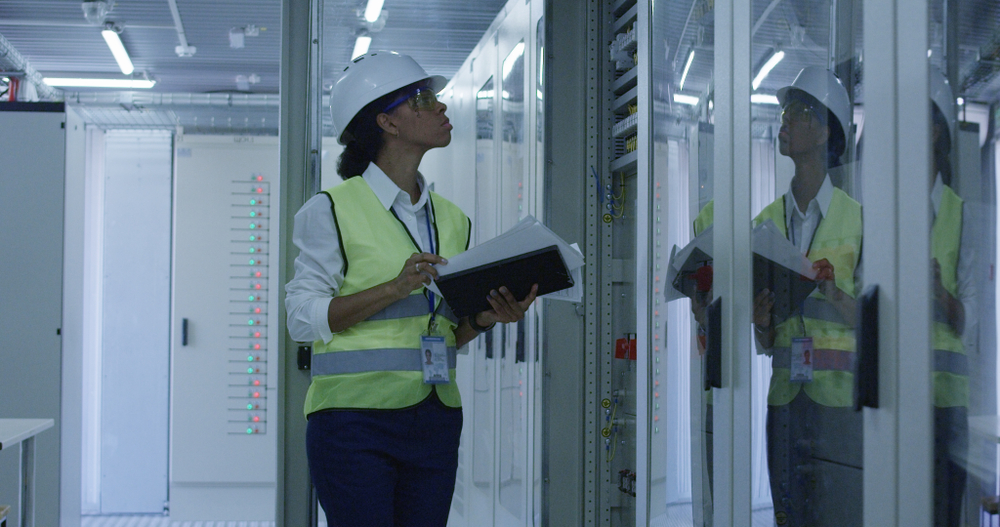

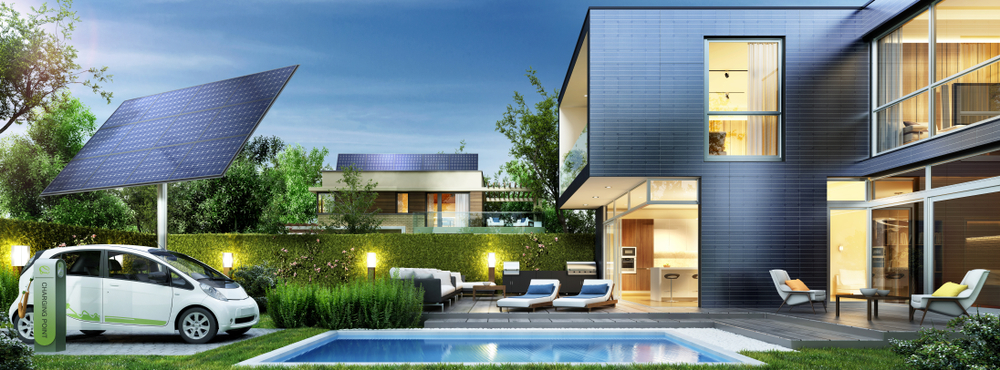

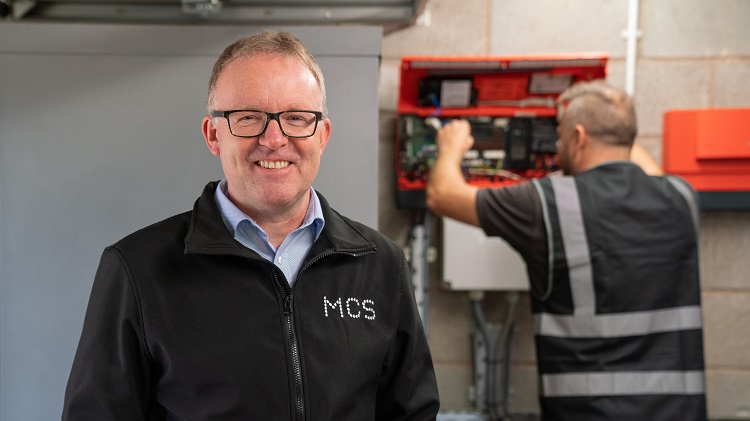



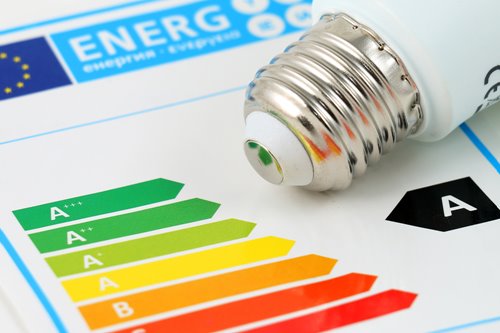

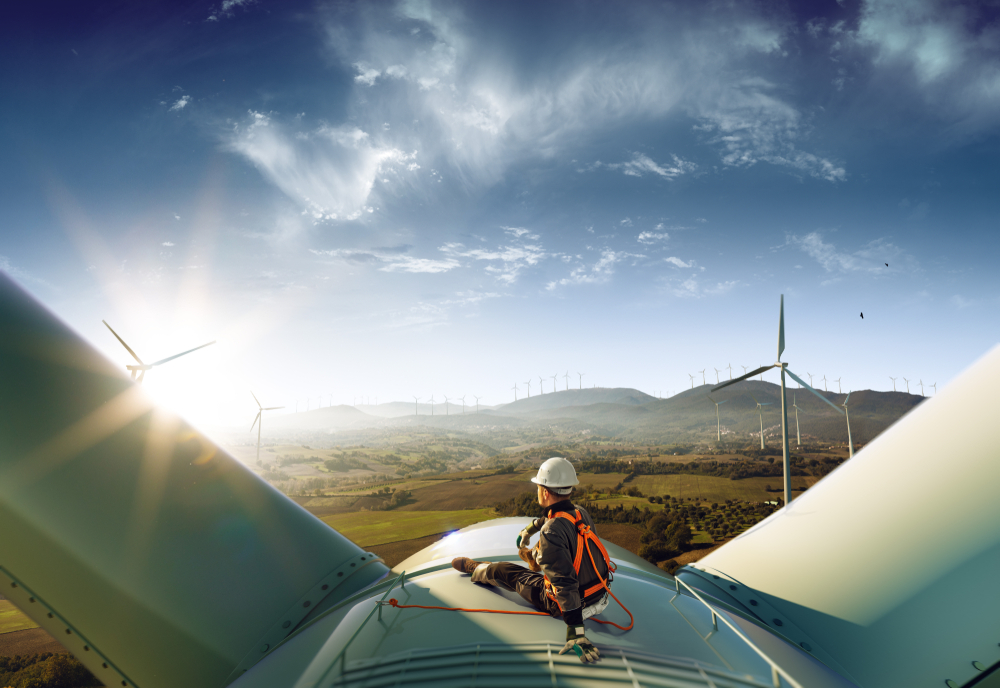



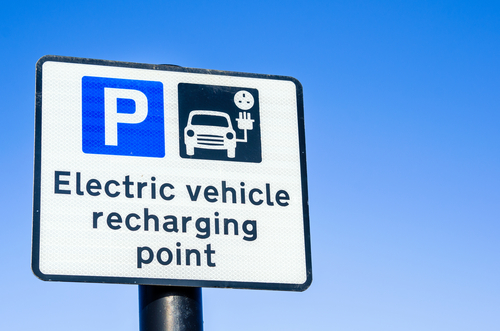

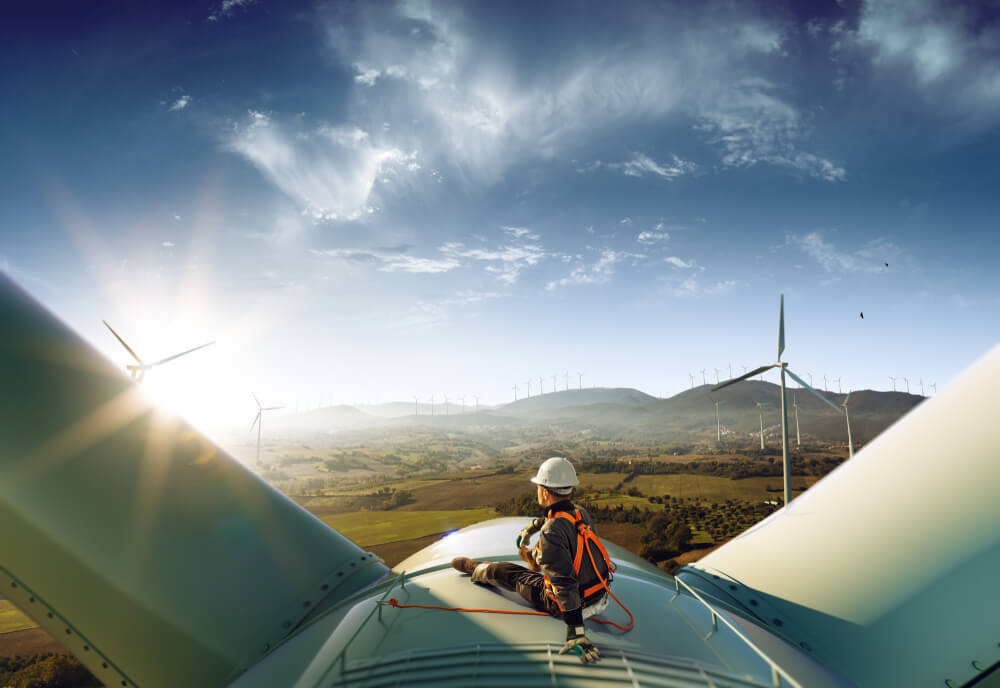
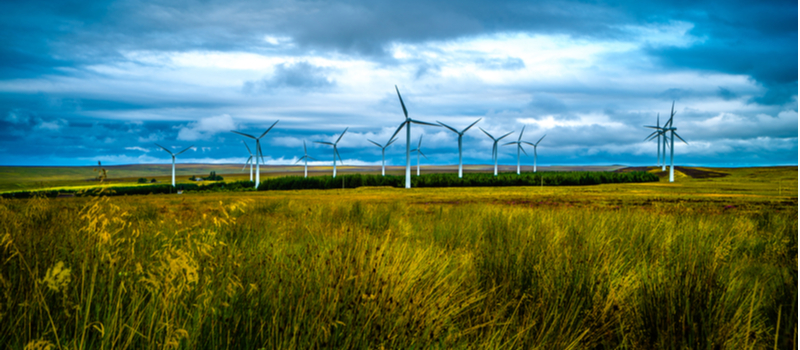
.jpg?width=1000&height=999&ext=.jpg)
